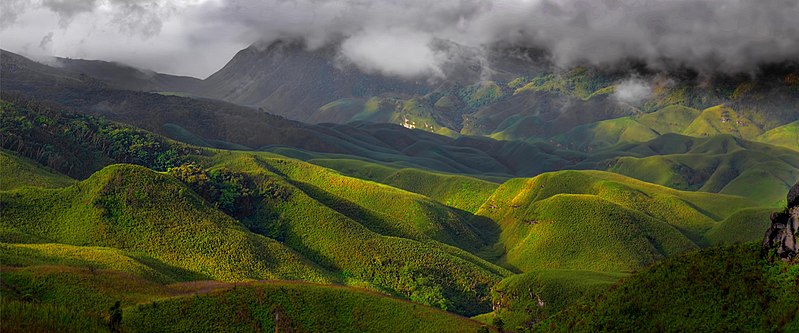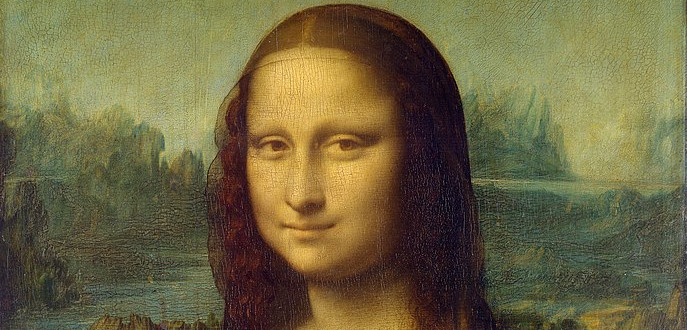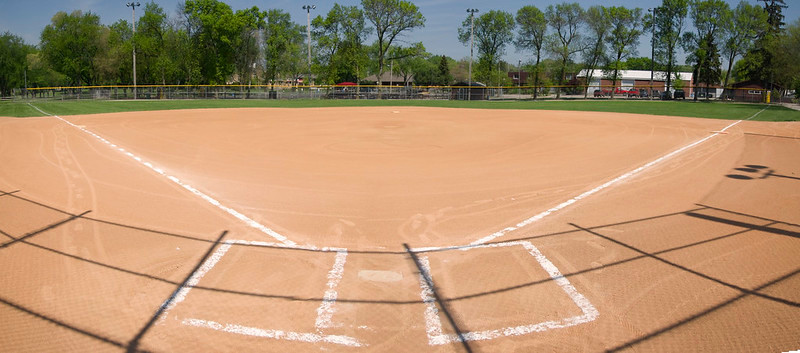
In 1937, Englishwoman Ursula Graham Bower became fascinated by the Naga people of northeastern India. She was living among them when World War II broke out and Japan threatened to invade their land. In this week’s episode of the Futility Closet podcast we’ll describe Bower’s efforts to organize the Nagas against an unprecedented foe.
We’ll also consider a self-censoring font and puzzle over some perplexing spacecraft.







